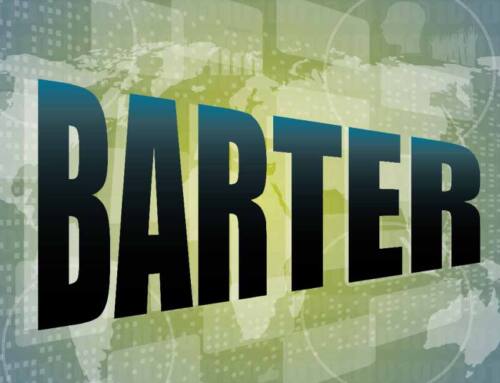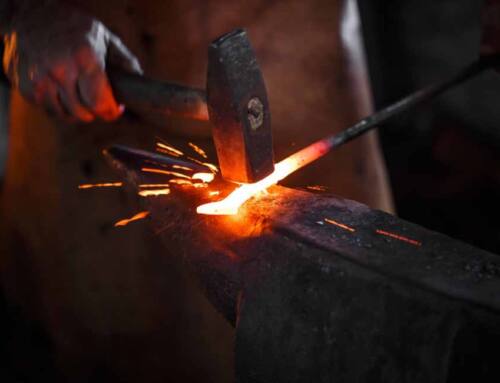Those who own knives often have stories of their own about how the knife proved useful. They may also have an outdoors adventure they had that involved using their knife. Still others have cool facts about knives they want to share – which is what we are doing here today.
The following are 10 fun facts related to knives. Well, OK, the last one is not so much a fact as it is a ghost story. However, it does explain how a creek in Nova Scotia got the name, Bloody Creek.
Facts About Knives: How Pen Knives Got Their Name
The term pen knife is typically used in Great Britain to describe a knife that is a small folding knife. But the name dates back centuries and was used to describe the type of knife used to sharpen a quill so it would write clearer (once dipped in ink, of course). Back in those days, the knife was often not a folder but had a short blade.
Cry Less While Cutting Onions
Do you want to cry less while cutting onions and not have to resort to wearing something like swim goggles to protect your eyes (don’t laugh, we’ve seen it done). Then sharper your knife. A sharp knife slices cleaner through the cell walls of an onion. This does less damage and releases fewer of the irritants that make you tear up.
They Don’t Make Politicians Like This, Anymore
Confederate Calvary Leader Wade Hampton III – later governor of South Carolina – was an impressive outdoorsman and completely fearless. Teddy Roosevelt, in his book “The Wilderness Man,” credits Hampton with killing 80 black bears armed with nothing but a knife.
Putting the “sex” in Middlesex
One of our top fun facts about knives that you can wow your friends with at parties. There are many place names that end with “sex,” such as Middlesex, Essex and Sussex. Why? It comes from the Old English word, “seax,” which was a type of knife. People who were named with a “sex” in the name – Sexsmith is a common one – were typically those who made knives.
Knives in Socks
There are many different customs regarding knives, perhaps none as cool as the one involving the sgian-dubh, which is old Scottish Gaelic for a type of knife that is worn as part of the Highland dress (yes, the one with the kilt). The sgain-dubh is traditionally kept in the wearer’s sock.
Old-School Knives
Native American tribes used a variety of knives. Before the arrival of Europeans in North America, native tribes used bone, antlers or stone for the knife blade. Usually they had a wooden handle, attached to the blade with a cord made of animal sinew.
A Knife Fit for a King
When King Tutankhamun’s burial chamber was found in the 1920s, a knife was found near his body. Archeologists have speculated for decades that it may have been made from a meteor, and recent analysis by Italian and Egyptian researchers have found that is the case.
The World’s Most Expensive Knife
When the Jeopardy category, Facts About Knives, comes up, you can bet this will one of the questions.
Designed by Nevada-native Buster Warenski, the Gem of the Orient knife originally sold for more than $1 million. Since this it has doubled and is currently valued at more than $2 million. It includes 153 emeralds and five diamonds.
Knives With Magical Powers
In ancient Java, the Kris knife – made from a meteorite, just like King Tut’s – was believed to have magical powers. Even the patterns carved into the blade were believed to ward off bad luck and protect whoever was wielding the knife.
A Knife Ghost Story
Knives also feature often in fiction – think “Macbeth” – and also show up in folklore. According to the American Folklore site, the Micmac tribe of Nova Scotia told a story about a knife fight between two warriors near a creek. What they disagreed about is lost to time, but the pair fought hard, both with knives drawn. One warrior eventually slipped on the bank and fell in the creek, dropping his knife – which had blood on the blade – into the water. He tried in vain to reach the knife, but died in the water without ever reaching it.From that time on, members of the tribe could see the knife but not reach it. It also ways appeared as a ghostly apparition, resting on the river bed. The Micmac tribe called the creek Wokun, which means knife, and the settlers they told the story ended up naming it Bloody Creek.







Leave A Comment